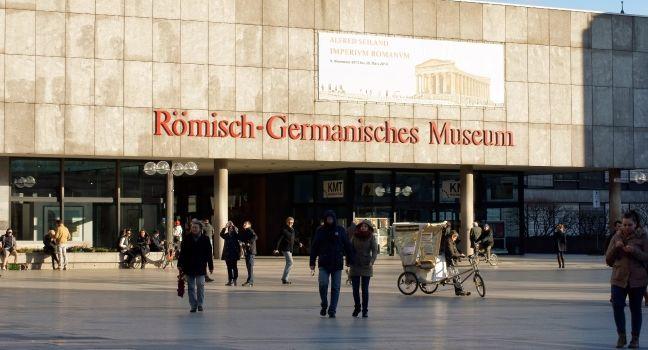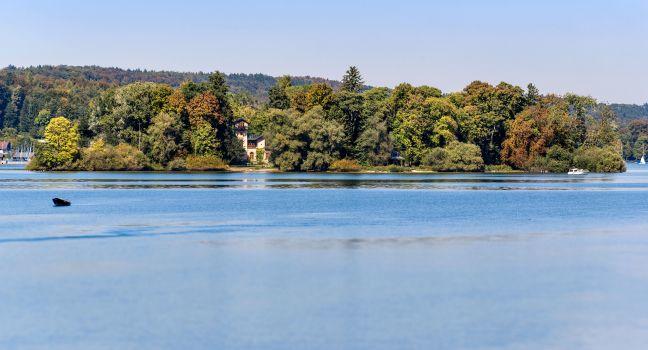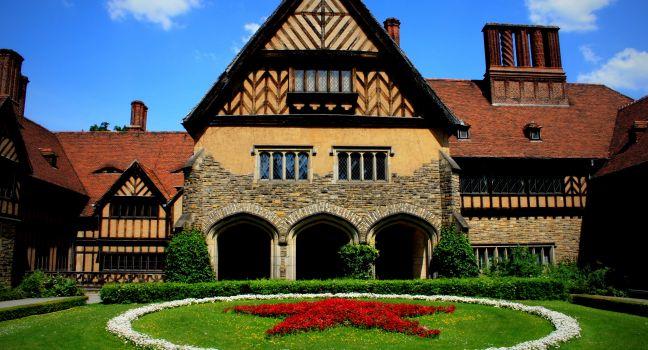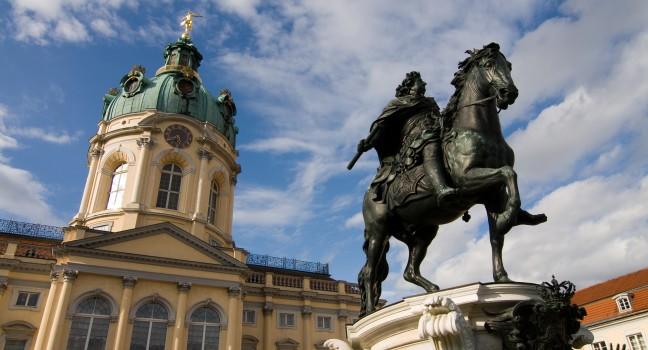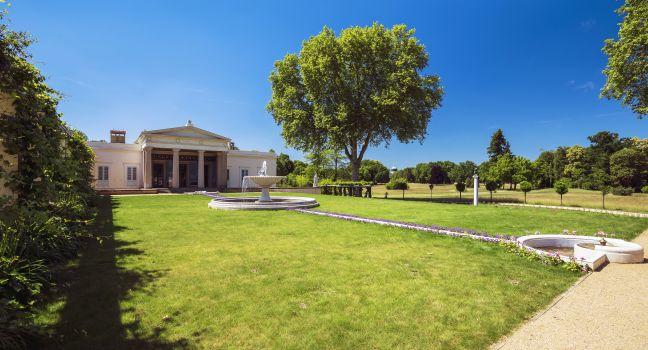Römerkastell-Saalburg
The remains of a Roman fortress built in AD 120, the Römerkastell-Saalburg could accommodate a cohort (500 men) and was part of the fortifications along the Limes Wall, which ran from the Danube to the Rhine and was meant to protect the Roman Empire from barbarian invasion. It was restored in the early 1900s under the direction of the Kaiser. The site, which includes a museum of Roman artifacts, is 6½ km (4 miles) north of Bad Homburg on Route 456 in the direction of Usingen; there's a direct bus from Bad Homburg. There's also a small café.
